 Midjourney’s Prompt: Boosting App Development with AI-Generated assets –ar 3:2
Midjourney’s Prompt: Boosting App Development with AI-Generated assets –ar 3:2
In the world of mobile development, creating visually stunning and unique images is a crucial element for a successful app. As AI technology continues to advance, AI-generated images have emerged as a game-changer for mobile app design and development. In this blog post, we’ll explore how AI-generated images are revolutionizing the industry, and how mobile developers can harness their power to create beautiful, engaging apps.
Background on AI-Generated Images
Artificial intelligence (AI) has significantly impacted the world of mobile app development, introducing new possibilities for creating engaging and visually appealing apps. One area where AI has made a substantial impact is in the generation of images. AI-generated images are created using advanced machine learning techniques, such as Generative Adversarial Networks (GANs), which enable the synthesis of high-quality, realistic, or artistic images based on input data or textual descriptions.
Advantages of AI-Generated Images for Mobile Developers
AI-generated images offer several benefits for mobile app developers, including:
Time and cost savings:
Generating custom images through AI can save developers significant time and resources compared to traditional design methods or hiring professional artists.
Unique and engaging visuals:
AI-generated images can produce unique and engaging visuals that help make mobile apps stand out from the competition.
Personalized user experiences:
By leveraging AI-generated images, developers can create personalized user experiences tailored to individual preferences, enhancing user satisfaction and app engagement.
Diverse representation:
AI-generated images can ensure that mobile apps include diverse and inclusive imagery, representing a broad range of users.
Applications in Mobile App Development
AI-generated images have numerous applications in mobile app development, such as:
 Midjourney’s Prompt: A mobile device showcasing a variety of app elements, including gaming assets, personalized avatars, and visually appealing user interfaces, highlighting the applications of AI-generated images in mobile app development –ar 3:2 –v 5
Midjourney’s Prompt: A mobile device showcasing a variety of app elements, including gaming assets, personalized avatars, and visually appealing user interfaces, highlighting the applications of AI-generated images in mobile app development –ar 3:2 –v 5
Gaming:
Generating game assets, characters, and environments with AI can streamline the game development process and produce visually engaging content.
User avatars:
AI-generated images can be used to create personalized user avatars, allowing users to customize their in-app experience.
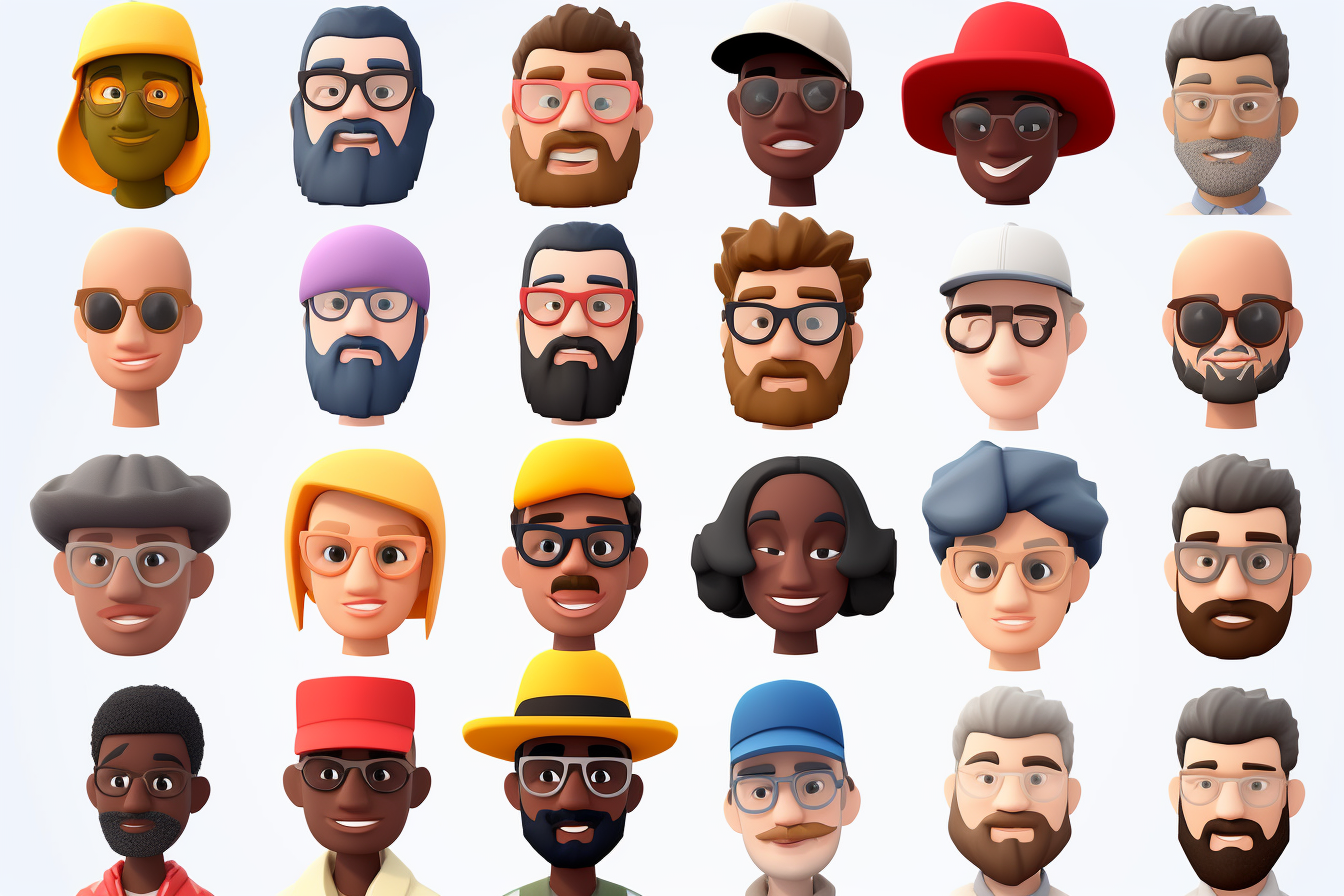 Midjourney’s Prompt: Generated images can be used to create personalized user avatars, allowing users to customize their in-app experience –ar 3:2 –v 5
Midjourney’s Prompt: Generated images can be used to create personalized user avatars, allowing users to customize their in-app experience –ar 3:2 –v 5
UI and app design:
AI-generated images can contribute to unique and visually appealing user interfaces and app designs, enhancing overall user experience.
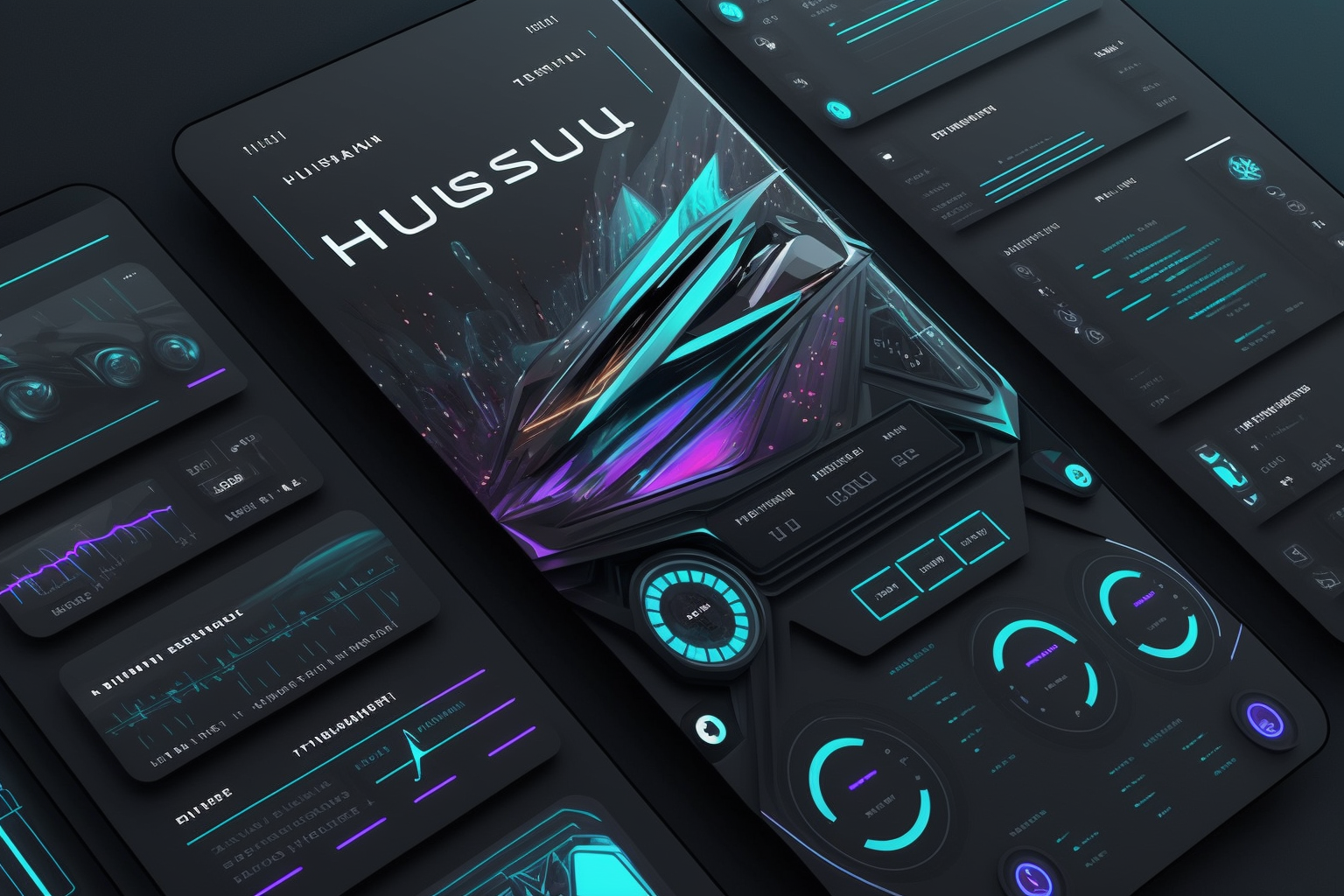 Midjourney’s Prompt: futurist minimal hd 8k Ux ui mobile interface , artistic, AI, beautiful modern mobile application –ar 3:2
Midjourney’s Prompt: futurist minimal hd 8k Ux ui mobile interface , artistic, AI, beautiful modern mobile application –ar 3:2
Tools and Resources for AI-Generated Images
There are several AI-generated image tools and resources available that mobile developers can use to create visually appealing content for their apps. Here are some popular options and their features:
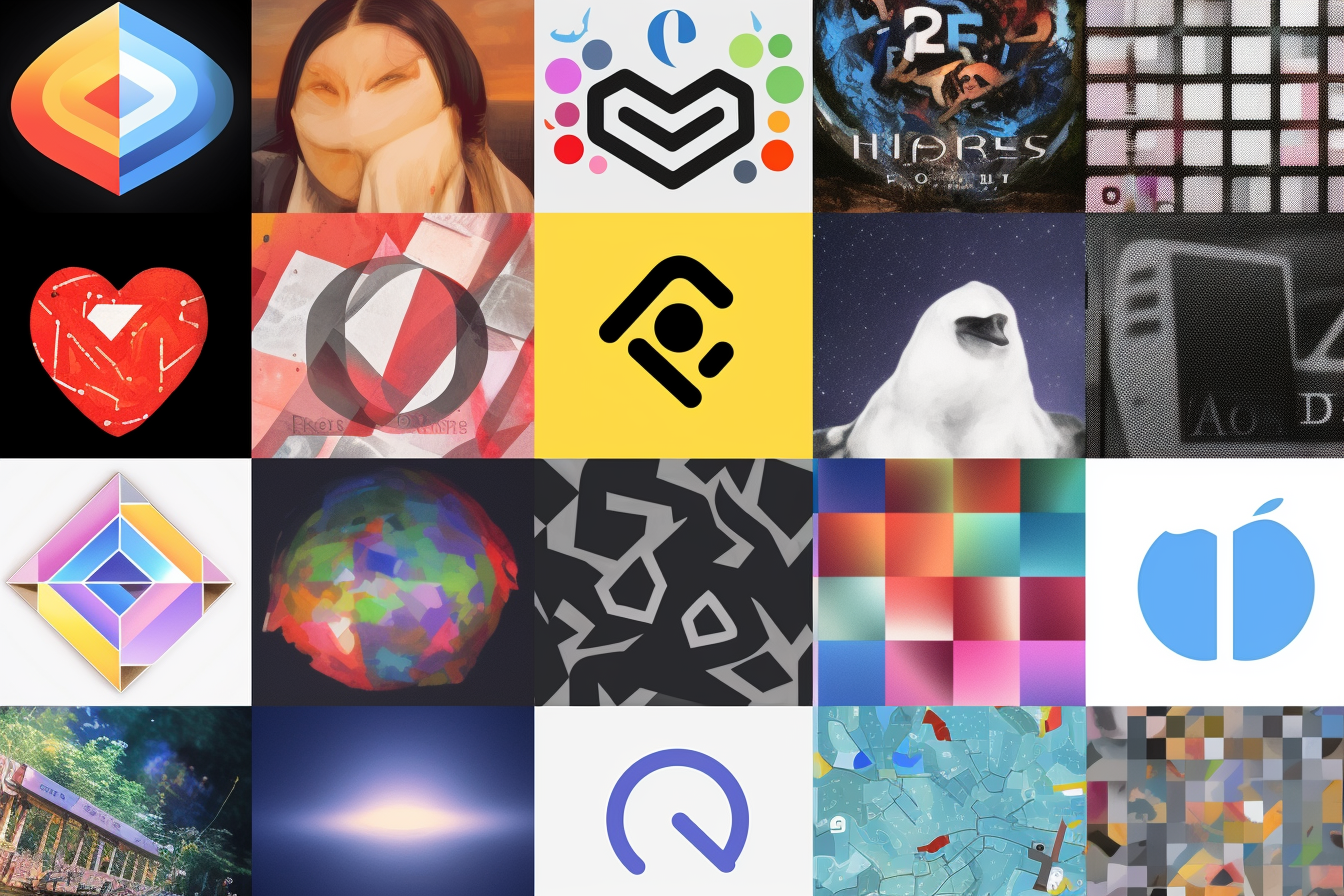 Midjourney’s Prompt: A collection of AI-generated image tools’ logos, such as Runway ML, DALL-E, Artbreeder, DeepArt.io, Google’s DeepDream, and Midjourney, representing resources for mobile developers, high detail –ar 3:2 –v 5
Midjourney’s Prompt: A collection of AI-generated image tools’ logos, such as Runway ML, DALL-E, Artbreeder, DeepArt.io, Google’s DeepDream, and Midjourney, representing resources for mobile developers, high detail –ar 3:2 –v 5
Midjourney:
Midjourney is an independent research lab exploring new mediums of thought and expanding the imaginative powers of the human species. It’s an artificial intelligence program and service created and hosted by a San Francisco-based independent research lab Midjourney, Inc. Midjourney generates images from natural language descriptions, called “prompts”.
Runway ML:
Runway ML is a user-friendly platform that allows developers to access a variety of AI-generated image models without needing any expertise in machine learning. The platform offers a wide range of pre-trained models, including GANs, style transfer, and image segmentation, which can be easily integrated into a developer’s workflow. Runway ML also provides an API, allowing developers to generate images directly within their app.
Links:
DALL-E:
As mentioned earlier, DALL-E is an AI model developed by OpenAI that generates images from textual descriptions. It offers a powerful way to create custom images for mobile apps based on user input or predefined text. While DALL-E is not yet publicly available, developers can follow OpenAI’s updates and announcements to stay informed about its release and potential API access.
Artbreeder:
Artbreeder is an online platform that uses GANs to create new images by blending multiple input images. It allows users to explore and create unique visuals through an intuitive interface. Artbreeder can be used to generate a wide range of images, from portraits and landscapes to abstract art. Developers can use Artbreeder’s API to integrate its image generation capabilities into their mobile apps.
Links:
Google’s DeepDream:
DeepDream is an AI algorithm developed by Google that uses a neural network to generate images with surreal and dream-like qualities. While not specifically designed for mobile app development, DeepDream can be used to create interesting and visually captivating images for apps that require a more abstract or artistic approach. Developers can use TensorFlow, Google’s open-source machine learning framework, to implement DeepDream in their mobile apps.
Links:
Stable Diffusion:
Stable Diffusion is an AI model based on the recent advances in diffusion models. It enables the generation of high-quality images with diverse and complex structures. With its powerful capabilities, Stable Diffusion can be used for creating unique and visually engaging images for various aspects of mobile app development. Although there may not be a dedicated API for Stable Diffusion, developers can utilize the open-source implementations available on platforms like GitHub to integrate it into their apps.
By using these tools and resources, mobile developers can integrate AI-generated images into their workflow, enhancing the visual appeal of their apps and creating a more engaging user experience. As AI technology continues to evolve, new tools and platforms are likely to emerge, offering even more possibilities for incorporating AI-generated images in mobile app development.
Ethical Considerations and Copyright
When using AI-generated images in mobile app development, it is essential to consider ethical implications and copyright issues. Some key points to consider are:
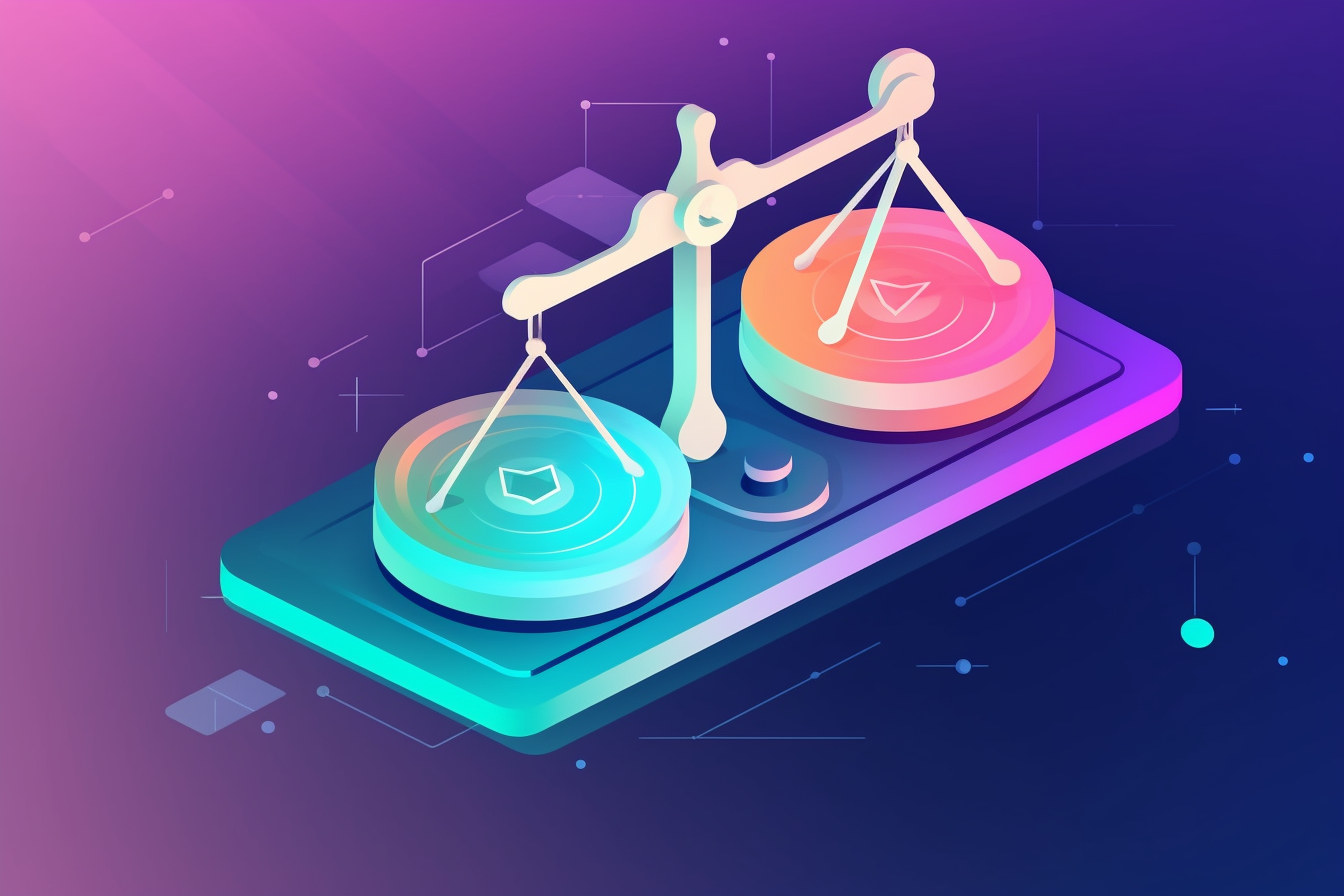 Midjourney’s Prompt: A balanced scale with a copyright symbol on one side and an ethical question mark on the other, representing the ethical considerations and copyright issues in AI-generated images for mobile app development –ar 3:2 –s 250 –v 5
Midjourney’s Prompt: A balanced scale with a copyright symbol on one side and an ethical question mark on the other, representing the ethical considerations and copyright issues in AI-generated images for mobile app development –ar 3:2 –s 250 –v 5
Originality and authorship:
AI-generated images may raise questions about originality and authorship, as the AI model is responsible for the creative process. Developers should understand the limitations of AI-generated images and ensure that they give credit to the original creators of the models, tools, or resources used.
Copyright and licensing:
Developers should be aware of any licensing or copyright restrictions associated with the AI-generated image tools and resources they use. Obtaining the necessary permissions and respecting the intellectual property rights of others is crucial to avoid legal complications.
Bias and representation:
AI-generated images can sometimes unintentionally perpetuate harmful stereotypes or biases. Developers should carefully review the generated images and make efforts to ensure diverse and inclusive representation within their apps.
By being mindful of these ethical considerations and copyright issues, mobile app developers can responsibly incorporate AI-generated images into their projects, ensuring a positive impact on the mobile app ecosystem.

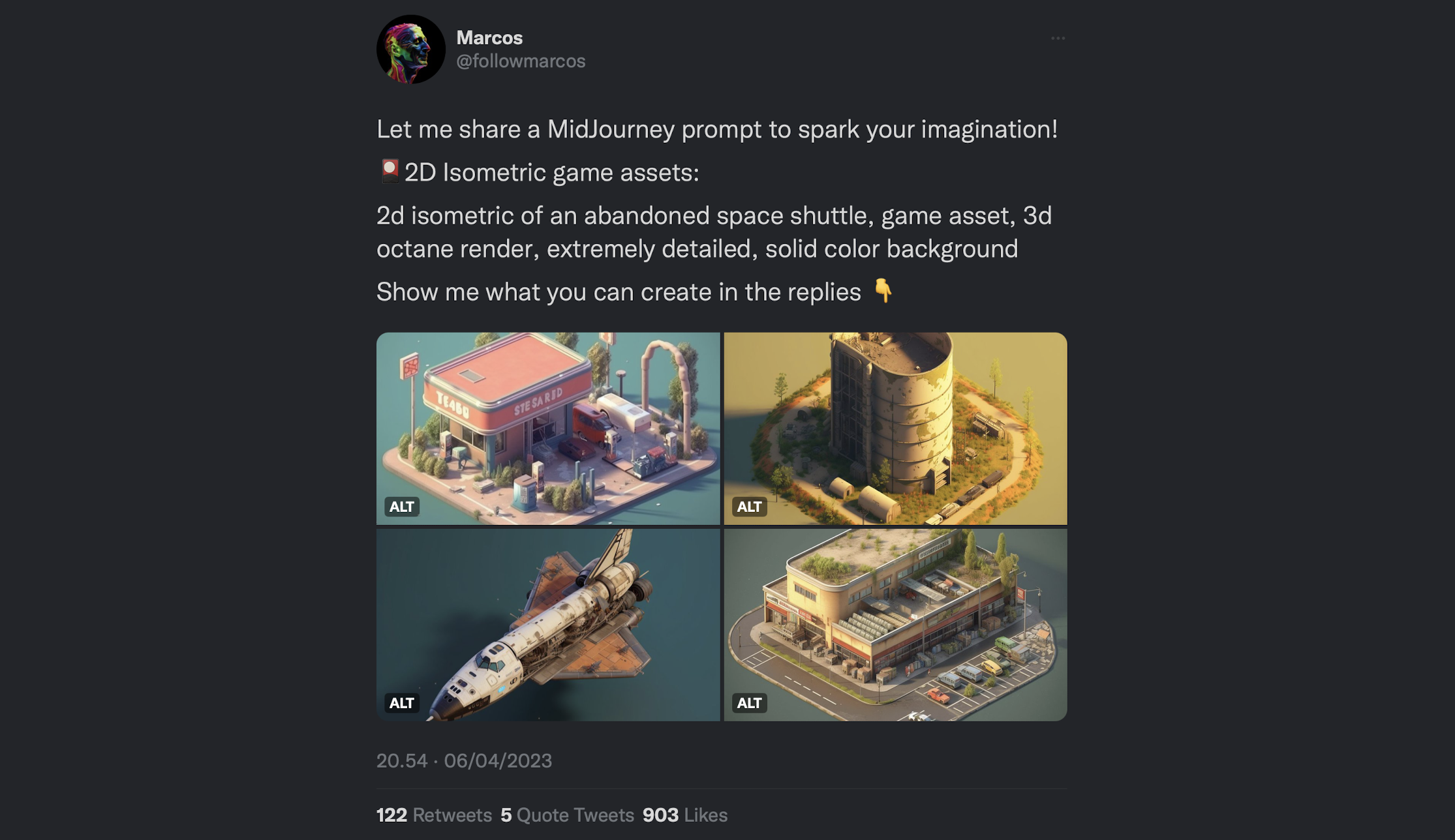
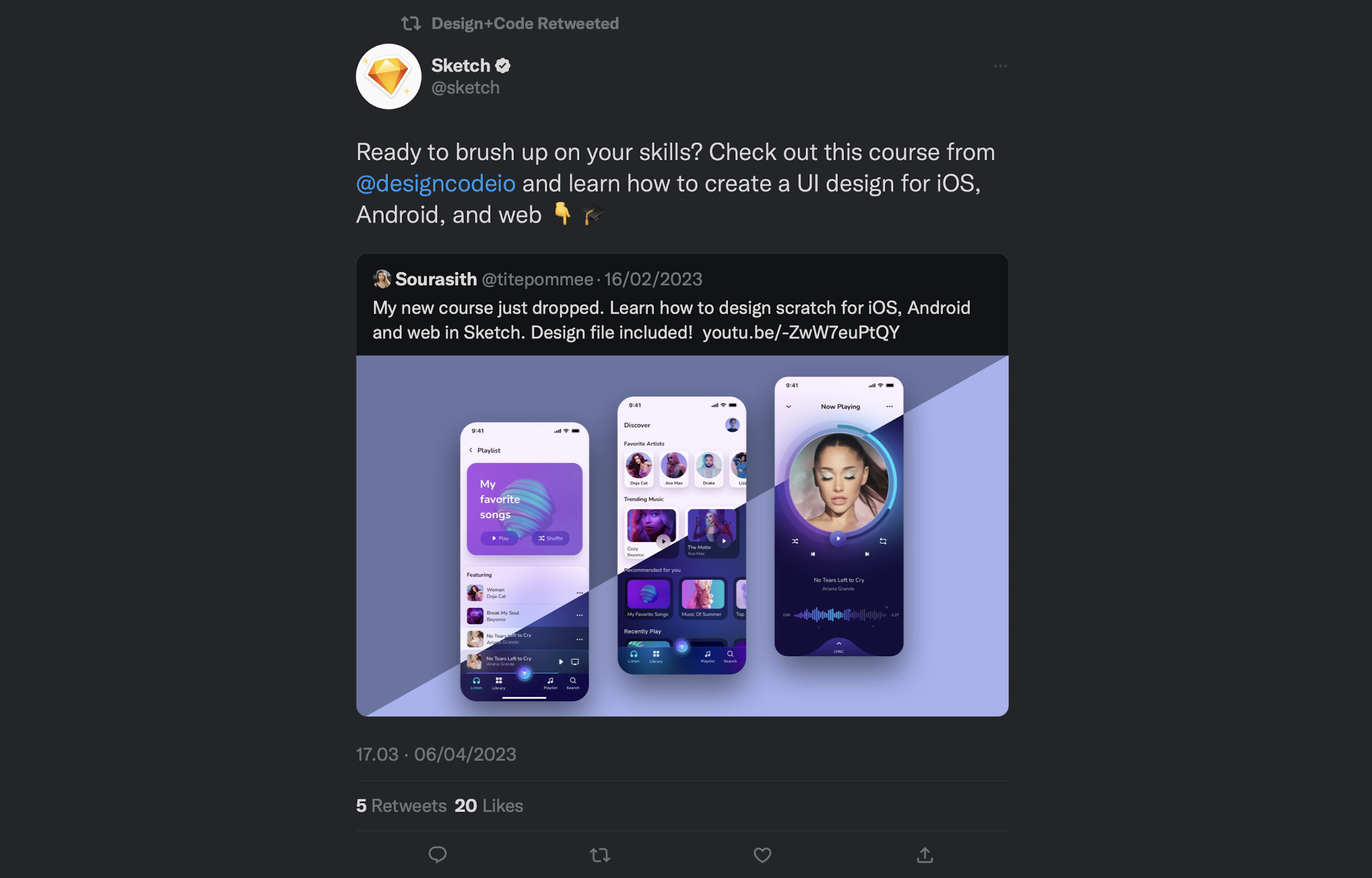
Comments powered by Disqus.